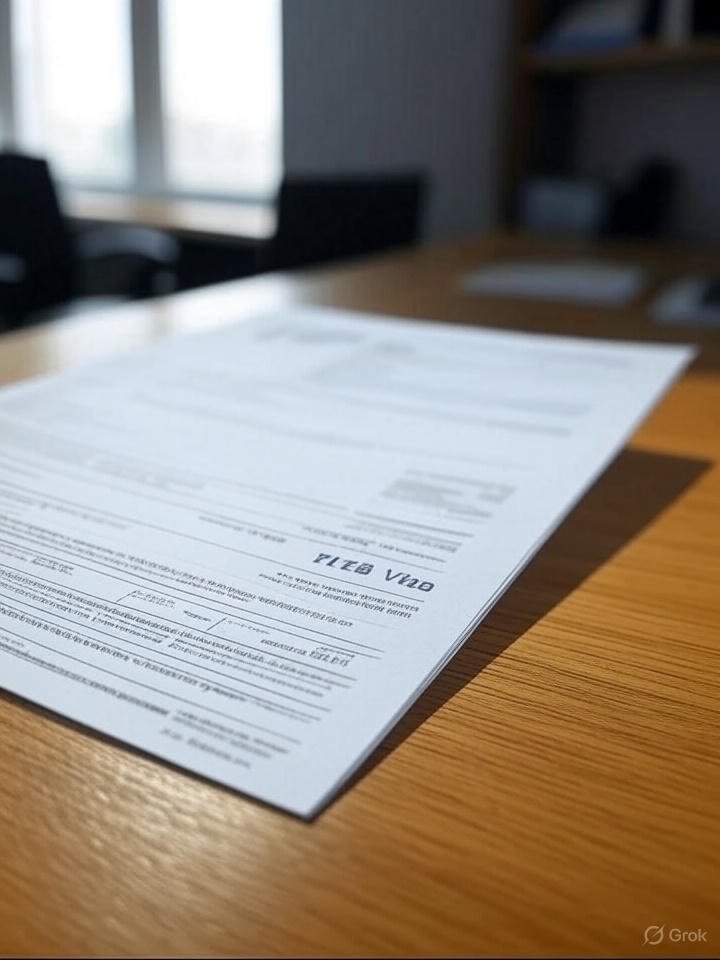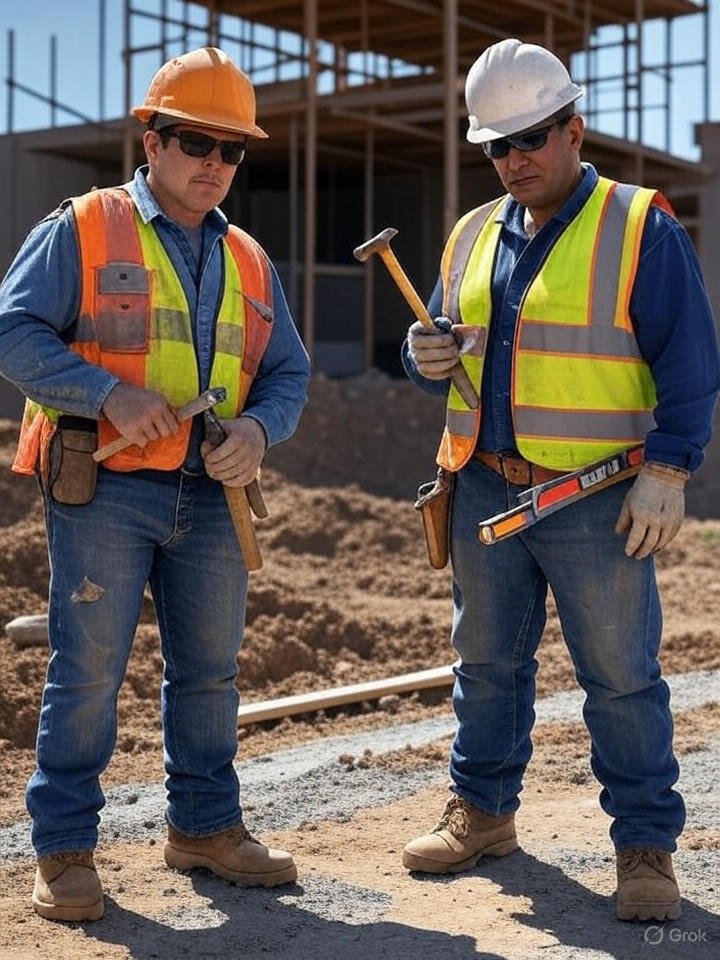Nursing jobs in Australia with sponsorship in rural areas offer a good go opportunity to make a tremendous impact while enjoying a slower-paced lifestyle.
Imagine caring for patients in a close-knit Tasmanian community or working in a remote Queensland clinic, surrounded by stunning landscapes.
With over 30,000 nursing vacancies in rural and remote Australia in 2024, many offering visa sponsorship, the demand is significant (Australian Government Department of Health, 2024).
Advertisements
You have been blocked from seeing ads.
';
endif;
?>
This guide provides a comprehensive roadmap to secure a rural nursing job, packed with practical tips, a success story, and insider strategies to help you thrive.
Why Rural Nursing in Australia Is in Demand
Australia’s rural and remote areas face chronic healthcare shortages due to lower population density and limited access to medical facilities.
Nurses in these regions are essential, providing care in hospitals, clinics, Aboriginal health services, and aged care facilities.
Roles span general practice, emergency care, and community health, with a focus on culturally sensitive care for diverse populations, including Indigenous communities.
Rural nursing jobs offer competitive salaries, generous incentives like relocation support, and pathways to permanent residency.
For international nurses, visa sponsorship makes these roles accessible. The challenge? Adapting to remote settings, meeting Australian registration requirements, and navigating visa processes requires careful preparation.
Visa Options for Rural Nursing Jobs
International nurses typically need the Temporary Skill Shortage (TSS) Visa (Subclass 482) or Regional Sponsored Migration Scheme (Subclass 494) for rural roles. Key requirements include:
- A job offer from an employer with a Standard Business Sponsorship (SBS) license.
- Registration with the Australian Health Practitioner Regulation Agency (AHPRA).
- English proficiency via IELTS (minimum 7.0 overall) or OET (grade B or higher).
- A minimum salary, typically AUD 65,000 for registered nurses in rural areas (Department of Home Affairs, 2024).
The Subclass 494 visa is particularly suited for regional areas, offering a pathway to permanent residency after three years. Check the Skilled Occupation List (SOL) to confirm nursing eligibility.
Disclaimer: Visa eligibility depends on your qualifications, job offer, and employer sponsorship status. Consult a licensed migration agent for personalized guidance.
AHPRA Registration for Nurses
AHPRA regulates nursing in Australia, ensuring overseas nurses meet national standards. Here’s how to register:
1. Verify Eligibility
Your nursing degree or diploma must align with Australian standards. Nurses from countries like India, the Philippines, or the UK typically qualify, but you’ll need transcripts and proof of clinical experience.
2. Complete the Orientation
Complete AHPRA’s online orientation (Part 1 before applying, Part 2 after arriving) to understand Australian healthcare standards.
3. Prove English Proficiency
IELTS or OET is mandatory. OET is preferred for its healthcare focus. Free practice materials are available on OET.org.
4. Submit Documentation
Provide qualifications, professional references, and proof of registration from your home country’s nursing board.
5. Pay Fees
AHPRA registration costs AUD 175, with additional fees for assessments (up to AUD 1,500). Budget for these non-refundable costs.
Unique Insight: Join AHPRA-focused Facebook groups like Overseas Nurses Australia to share tips and practice case studies for the registration process.
Qualifications and Skills Needed
To succeed in rural nursing, you’ll need:
- Qualifications: A bachelor’s degree in nursing or equivalent, recognized by AHPRA.
- Experience: Clinical experience in areas like emergency or community health is valued in rural settings.
- Skills: Adaptability, cultural sensitivity, and problem-solving are critical due to limited resources.
- Certifications: Courses in rural health, like CRANAplus Remote Emergency Care, enhance employability.
Pro Tip: Enroll in free Indigenous cultural awareness training from Reconciliation Australia to better serve Aboriginal communities.
Top Rural Regions for Nursing Jobs
Australia’s rural areas offer diverse opportunities:
Tasmania: Community Care
Hobart and rural towns like Launceston need nurses for aged care and general practice. Salaries range from AUD 65,000 to AUD 85,000 (Seek Australia, 2024).
Queensland: Remote Clinics
Outback towns like Mount Isa hire nurses for Aboriginal health services, with relocation allowances.
Western Australia: Mining Communities
Remote areas like Kalgoorlie need emergency and community nurses, often with visa sponsorship.
Northern Territory: Indigenous Health
Alice Springs and Darwin offer roles in Indigenous healthcare, with incentives like housing support.
Disclaimer: Salaries vary by role, experience, and location. Check specific job listings for accurate figures.
How to Find Rural Nursing Jobs
Securing a rural nursing job requires a strategic approach. Here’s how to start:
1. Search Job Boards
Use Seek, Health Workforce Queensland, and Rural Health West to find rural nursing roles. Filter for “visa sponsorship” or “rural.”
2. Partner with Recruitment Agencies
Agencies like Healthcare Australia, Hays Healthcare, and Medacs specialize in rural placements, often assisting with visas and relocation.
3. Network on LinkedIn
Follow rural health organizations like Royal Flying Doctor Service and join groups like Rural Nurses Australia. Connect with recruiters.
4. Tailor Your Application
Highlight rural-relevant experience, AHPRA eligibility, and English proficiency. Mention your willingness to relocate.
5. Prepare for Interviews
Interviews focus on adaptability and clinical skills. Be ready to discuss scenarios like managing emergencies with limited staff or engaging with Indigenous patients.
Unique Insight: Create a digital portfolio showcasing rural health experience or cultural training. Host it on a free platform like Wix to impress employers.
Success Story: Sarah’s Tasmanian Triumph
Sarah, a nurse from the Philippines, dreamed of working in rural Australia. After passing her OET and securing AHPRA registration, she applied through Healthcare Australia and landed a role in a Tasmanian community hospital.
Her employer sponsored her Subclass 494 visa and provided a relocation allowance. “Adapting to rural life was new,” Sarah says, “but the community made me feel at home.” Now earning AUD 75,000 annually, she’s pursuing permanent residency and mentoring other overseas nurses.
Challenges and Solutions
Rural nursing comes with challenges like isolation, limited resources, and cultural differences. Here’s how to tackle them:
- Isolation: Join online communities like Rural and Remote Nurses Australia to stay connected with peers.
- Limited Resources: Take courses like CRANAplus Primary Health Care to build skills for resource-scarce settings.
- Cultural Differences: Learn about Indigenous culture through free resources from AIATSIS to provide culturally safe care.
Benefits of Rural Nursing Jobs
Rural nursing offers:
- Competitive Salaries: Starting salaries range from AUD 65,000 to AUD 85,000, with senior roles up to AUD 100,000 (Seek Australia, 2024).
- Incentives: Relocation allowances, housing support, and retention bonuses are common.
- Residency Pathway: Subclass 494 visas lead to permanent residency after three years.
Disclaimer: Salaries and benefits vary by role, employer, and location. Verify details with job listings.
Common Mistakes to Avoid
- Focusing Only on Cities: Rural areas offer better sponsorship odds and incentives.
- Generic Applications: Tailor your CV to highlight rural health skills like emergency care.
- Ignoring Cultural Training: Understanding Indigenous culture is crucial for many rural roles.
FAQs About Nursing Jobs in Australia in Rural Areas
Do All Rural Nursing Jobs Offer Sponsorship?
No, only employers with an SBS license can sponsor. Check job listings for “visa sponsorship.”
How Long Does AHPRA Registration Take?
Processing takes 3-6 months, depending on your preparedness.
Which Rural Areas Have the Most Jobs?
Tasmania, Queensland, and the Northern Territory lead for rural nursing opportunities.
People also read: Part-Time Warehouse Jobs in the UK
Ready to start your rural nursing career? Begin by preparing for IELTS or OET, applying for AHPRA registration, and searching job boards like Health Workforce Queensland.
Connect with recruitment agencies, tailor your CV, and explore incentives for rural roles. Your skills can transform lives in Australia’s outback.
Success Story: James’ Queensland Journey
James, a UK nurse, landed a role in a Mount Isa clinic through Rural Health West. His employer sponsored his TSS visa and covered relocation costs. Now earning AUD 80,000 annually, he loves the tight-knit community.
“Rural nursing is demanding but so rewarding,” James says. “The support I received made it possible.” He’s now training in Indigenous health to advance his career.





